Optic Nerve Atrophy - Symptoms, Causes and Treatment
07-04-2024
What is Optic Nerve Atrophy?
Optic nerve atrophy is a condition characterized by the deterioration of the optic nerve, which transmits visual information from the eye to the brain. This can result in a loss of vision and potentially lead to permanent blindness. A comprehensive eye examination is essential for diagnosing optic atrophy and determining the best course of action to manage the condition. Regular monitoring and follow-up appointments with an optometrist are crucial in maintaining the overall health and function of the eyes.What Are The Causes Of Optic Nerve Atrophy?
Optic nerve atrophy can be caused by a variety of factors that lead to damage or degeneration of the optic nerve. One common cause is a lack of blood flow to the optic nerve, which can result from conditions such as diabetes or hypertension. Trauma to the head or eye can also lead to optic nerve atrophy by damaging the nerve fibers. In addition, certain inflammatory diseases, genetic disorders, or tumors can contribute to optic nerve damage and subsequent atrophy. Overall, there are a range of potential causes for optic atrophy, each affecting the optic nerve in different ways.What Are The Risk Factors For Optic Nerve Atrophy?
Risk factors for optic nerve atrophy include a history of certain hereditary conditions, such as Leber's hereditary optic neuropathy, as well as certain medical conditions like multiple sclerosis. Additionally, individuals who have experienced trauma to the head or eyes, or have a history of certain infections, may be at an increased risk for developing optic nerve atrophy. Other risk factors may include exposure to toxins or certain medications, as well as a history of vascular diseases such as diabetes or hypertension. It is important for individuals with these risk factors to regularly monitor their eye health and seek medical attention if they experience any changes in their vision.What Are The Symptoms Of Optic Nerve Atrophy?
Symptoms of optic nerve atrophy can vary depending on the severity of the condition. Common symptoms include blurred vision, decreased visual acuity, loss of peripheral vision, and difficulties with color vision. Some individuals may also experience eye pain, sensitivity to light, and an overall decrease in visual function. In more severe cases, optic atrophy can lead to complete vision loss in the affected eye. It is important for individuals experiencing any of these symptoms to seek prompt medical attention from an eye care professional for proper evaluation and management.How is Optic Nerve Atrophy Diagnosed?
Optic Nerve Atrophy can be diagnosed through a comprehensive eye examination by an optometrist. During the exam, the optometrist will evaluate the optic nerve, which is responsible for transmitting visual information from the eye to the brain. They may also use various tests, such as visual field testing or Optical Coherence Tomography, to assess the health and function of the optic nerve. Additionally, imaging tests like magnetic resonance imaging (MRI) or computed tomography (CT) scans may be used to further evaluate the optic nerve and surrounding structures. By carefully examining the signs and symptoms present, along with the results of these tests, an optometrist can accurately diagnose Optic Atrophy.How is Optic Nerve Atrophy Treated?
Optic Atrophy is typically treated by focusing on managing the underlying condition that is causing the damage to the optic nerve. Treatment options for Optic Atrophy may include medications to help reduce inflammation or control blood pressure, surgical interventions to address any structural issues in the eye or optic nerve, and vision rehabilitation therapy to help patients adapt to changes in their vision. In some cases, low vision aids such as magnifiers or special glasses may also be recommended to help improve visual function. It is important for individuals with Optic Atrophy to work closely with their healthcare team to develop a personalized treatment plan that addresses their specific needs and goals.Is There A Cure For Optic Nerve Atrophy?
Unfortunately, there is currently no known cure for Optic Nerve Atrophy. Treatment options are typically focused on managing symptoms and slowing the progression of the condition. This may involve vision aids, vision therapy, and regular monitoring by an eye care professional to ensure the best possible visual outcomes for the individual. Research is ongoing in the hopes of finding more effective treatments in the future.How Can Optic Nerve Atrophy Be Prevented?
Optic Atrophy cannot be prevented as it is typically a result of underlying conditions or injuries that affect the optic nerve. However, taking steps to maintain overall eye health and regular eye exams can help identify any issues early on and potentially prevent further damage to the optic nerve. It is important to follow healthy lifestyle habits such as not smoking, maintaining a balanced diet, protecting your eyes from injury, and managing any underlying health conditions that could impact your vision. Regular eye exams can detect any changes in vision and allow for prompt treatment to help preserve vision as much as possible.An eye exam with advanced technologies early in life is essential for the early diagnosis and treatment of optic nerve atrophy. Schedule an eye exam with our optometrists in Edmonton today!
Schedule An Appointment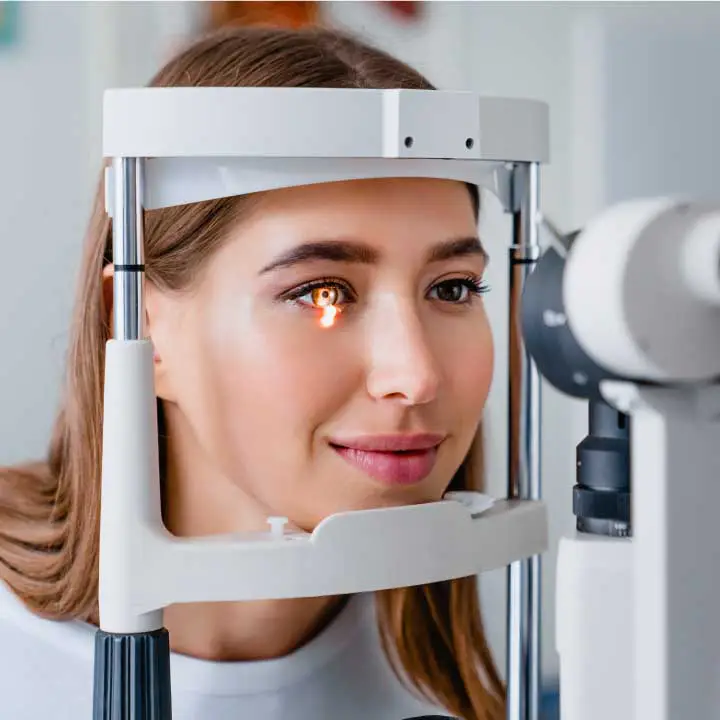
Adult Eye Exams
Our advanced eye exams consist of 25+ modern tests and digital scans to assess eye health, function, and visual acuity.

Child Eye Exams
Give your child a clear future with an annual eye exam from our experienced Edmonton optometrists.

Senior Eye Exams
Maintain your vision through your golden years with gold standard eye care from the optometrists at our Edmonton eye clinic.
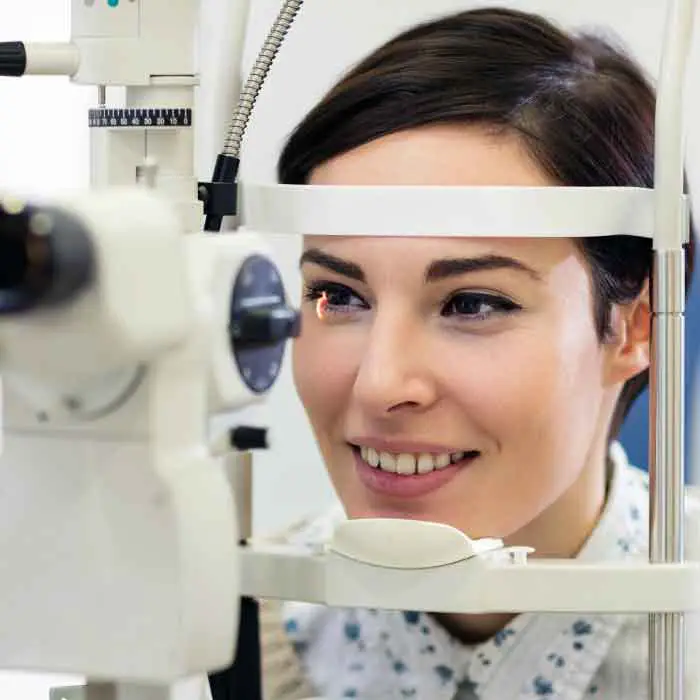
Contact Lens Eye Exams
Our eye exams for contact lens wearers include test and digital scans to assess eye health, function, visual acuity, and lens fit.
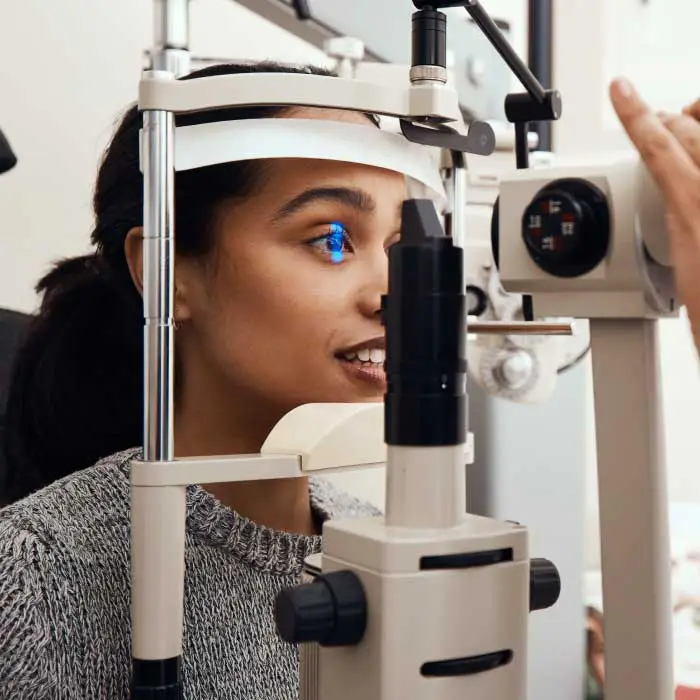
Diabetic Eye Exams
Managing diabetes requires regular eye exams to ensure that diabetes is not causing irreversible vision loss.
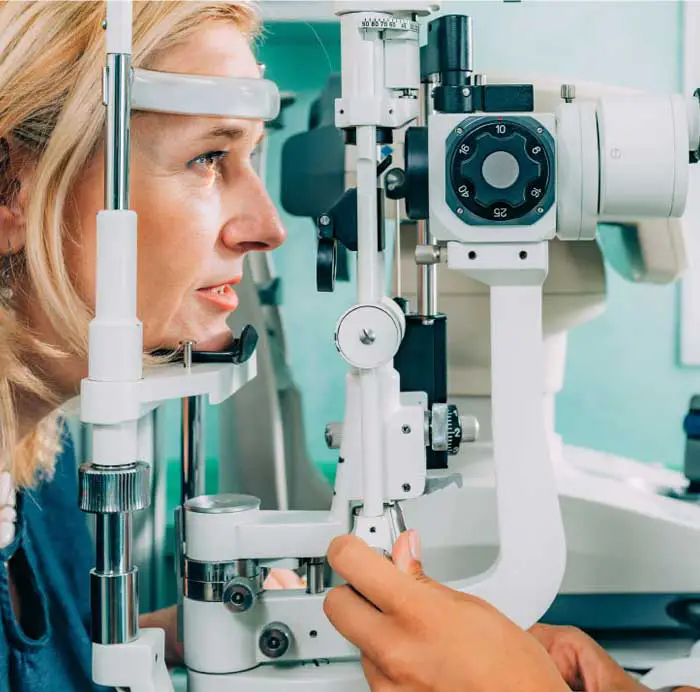
Dilated Eye Exams
Dilating the eyes enables our Edmonton optometrists to see more of the eye so that you many never see less.
Our Edmonton Eye Exams Are Comprised Of 4 Phases Of Evaluation
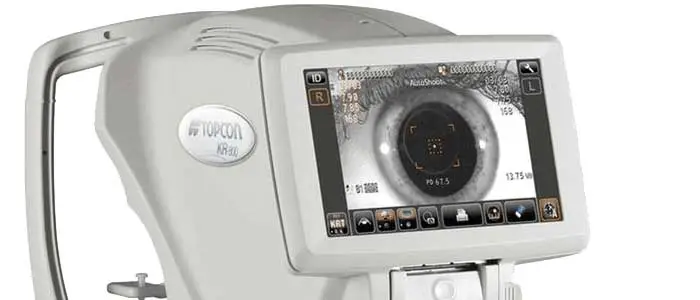
1. Eye Exam Pre-Testing
Corneal Thickness | Intraocular Pressures | Visual Field
Pre-testing is a detailed process that gathers all necessary information for the optometrist in advance of the optometrist-administered eye examination. This process involves completing a detailed patient history, as well as a series of standard tests. Pre-testing is an essential part of the comprehensive eye exam process, providing valuable information and visuals for both the optometrist and the patient.
More About Pre-Testing »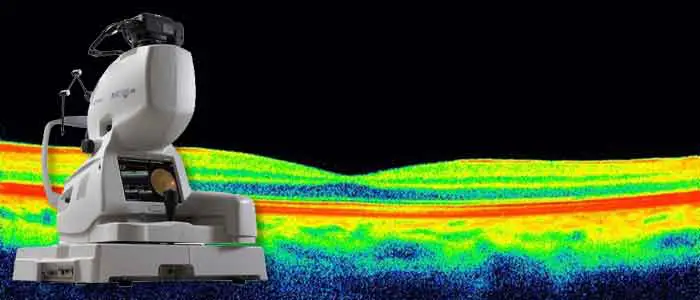
2. Advanced Diagnostic Testing
Retinal Photography, OCT, Topography
eye-deology Vision Care differentiates itself from other clinics by having the most advanced modern diagnostic specialty testing equipment. Specialty equipment, such as a wide-angle high-resolution retinal imager, Optical Coherence Tomography (OCT), Humphrey Visual Field Analyzer and corneal topographer, ensures that patients receive the best comprehensive eye care.
More About Advanced Testing »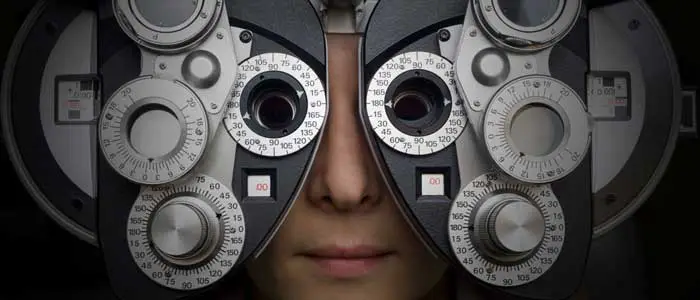
3. Optometrist Examination
Health Assessment & Disease Diagnosis
eye-deology Vision Care Edmonton optometrists perform a multitude of tests and assessments to evaluate ocular health, eye coordination, and visual acuity. In addition, they also evaluate the results of the tests and scans performed during pre-testing. As part of patient education, our optometrists also take the time to show and explain results to patients.
More About Doctor Exam »
4. Eye Glass Consult
Prescription | Lens Selection | Digital Fitting
If you require corrective lenses to improve your vision, our licensed opticians will customize their fit to your unique attributes, needs, lifestyle, and budget. Our opticians are happy to provide you with information about the latest eyeglass frame and lens technologies available so you can make informed decisions and begin seeing and looking your best.
More About Eyewear Consult »